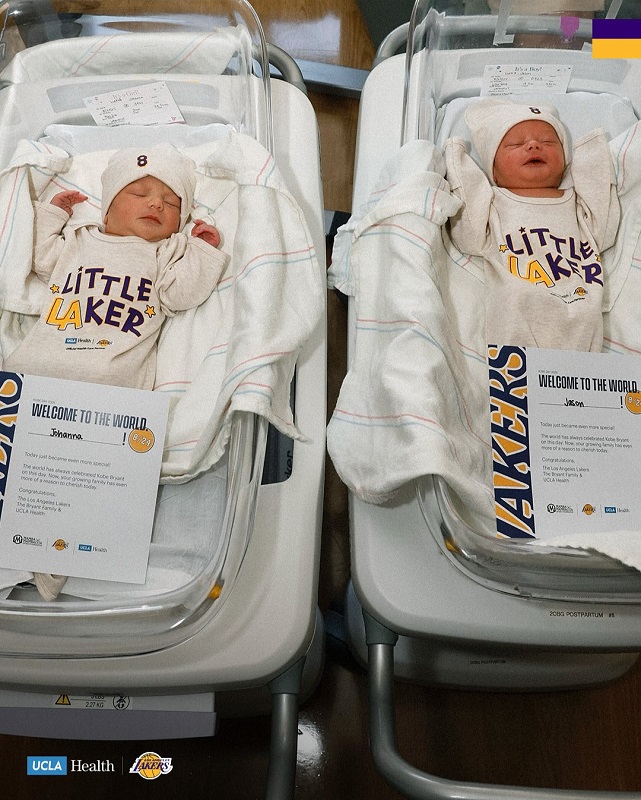
“There is no business like show business.” So said Irving Berlin in his song famously featured in the musical Annie Get Your Gun and oft-quoted for decades since. Yet, according to the California legislature and the Los Angeles City Council, nowadays there is just “no business” in the show business that is Hollywood.
A bill is currently on the Assembly floor proposing to extend tax incentives to film and television productions in an attempt to keep studios and independent producers in California.
Assemblyman Mike Gatto, who represents Burbank, Glendale, and portions of Los Angeles including Hollywood, Little Armenia, and Los Feliz, introduced Assembly Bill 1839 (AB 1839). Both Burbank and Hollywood are effectively “Ground Zero” of the entertainment industry, with both areas home to several studios and production facilities.
The Los Angeles City Council has a pair of motions in front of it seeking support for AB 1839, with one brought to the dais by Councilmen Paul Koretz, Mitch Englander, and Jose Huizar and the other by Councilmen Felipe Fuentes, Paul Krekorian, Curren Price, and Mitch O’Farrell.
With seven of the 15 council members sponsoring the two overlapping resolutions, only one additional council member needs to vote in favor of it in order to for them to be adopted.
“Each [resolution] recognize the importance of the film industry to the Los Angeles and California economies,” a report from the City’s Chief Legislative Analyst stated. “[The] resolutions identify significant concerns related to the loss of film and television productions to other states, as runaway production has resulted in a significant loss of jobs in California.”
A vote on the resolutions was scheduled for the council floor on April 1; however, the matter was postponed to April 8.
Still, AB 1839, which also features Assemblyman Richard Bloom as a principal co-author, seeks to be a tonic for a region many claim to be in jeopardy of losing significant jobs and tax revenue as a result of film and television productions heading out of Hollywood.
Gatto said since Hollywood’s “last big peak” in 1997, “the steady, local jobs offered by the industry have been under constant attack.”

Beyond Hollywood and Burbank, many entertainment jobs are located on the Westside. Sony Pictures Entertainment, for example, has its studio base in Culver City. Several other companies, such as Lionsgate and Peculiar Films, have operations in Santa Monica. Electronic Arts has its headquarters at the corner of Jefferson and Lincoln boulevards in Playa Del Rey. Talent agencies representing actors, directors, and writers have their respective headquarters in Beverly Hills (William Morris Endeavor) and Century City (Creative Artists Agency).
“The entertainment industry creates hundreds of thousands of good paying middle class jobs and billions in economic activity throughout California each year, and hopefuls still flock to the area with dreams of being ‘discovered,’” Gatto stated.
He added 21 of the 23 new primetime series of 2013 were filmed outside of California.
“When production leaves California, those left jobless are not the top-tier talent, such as the actors and producers, who are often shipped to the filming locations. Instead, the below the line and behind the scenes workers take a hit, as do the ancillary businesses that serve the production sites and teams, such as the caterers, hotels, set construction companies, restaurants, etc.,” Gatto stated.
But to film tax credits actually help?
Since the adoption in 2009 of the Film and Television Tax Credit Program as an attempt to keep production within the State, Gatto stated in his bill 270 productions took advantage of the incentives and produced content within California.
Those projects, according to Gatto, contributed more than $4.75 billion in economic activity and created more than 51,000 jobs.
“Tax revenue generated from filming helps to pay for teachers, police officers and infrastructure throughout California,” Gatto stated.
A 2013 report issued by FilmLA found 96 of the 186 television pilots developed during the 2012-2013 cycle where filmed in the Los Angeles region.
“In terms of overall market share, L.A. captured just 52 percent of all pilots in the current cycle, the second lowest on record,” the report also found, adding the Los Angeles market share of pilots hit a record high of 82 percent in 2006-2007.
According to the resolutions introduced to the Los Angeles City Council, film production in the Los Angeles area experienced a “precipitous drop” projects made in Hollywood and the surrounding region since 1996.
The resolutions continued film productions were lured away from California when 44 other states as well as Canada and overseas markets adopted incentives to draw production activity to the respective state or country.
“According to data from Film Works, only eight percent of the top live-action movies in 2013 were filmed in Los Angeles, down from 68 percent in 1997,” the resolution reads.

Also lost were television pilots and one-hour television drama series, according to the resolution. Specifically, the resolution stated only eight percent of new one-hour dramas filmed in the Los Angeles area in 2012, compared to 79 percent previously.
The resolutions in front of the Los Angeles City Council point out there were about 14,000 film production days within the City in 1996. However, in 2009, there were fewer than 5,000 film production days in Los Angeles, the resolutions stated.
When Sacramento adopted the tax credits bill in 2009, there are now about 7,000 film production days in Los Angeles, about half of the amount in 1996 but 40 percent more than in 2009.
“The size of the tax credit has been effective in slowing the complete loss of film production and its support services in the City,” the resolutions stated.
When adopted in 2009, the California Film Tax Credit Program aimed to create $500 million in credits within a five-year window expiring this year.
Still, two studies put out by Santa Monica-based Milken Institute indicated the film and video industry in California has been hemorrhaging jobs.
A 2010 study by the Milken Institute found changes in the film and video industry resulted in 10,600 entertainment jobs lost between 1997 and 2008. Another 26,500 jobs lost in other sectors supporting the entertainment industry, the study also found, apparently resulting in a loss of $2.4 billion in wages and $4.2 billion in “real output.”
Another Milken Institute report published in February indicated California lost 16,137 production jobs between 2004 and 2012. In the same time period, New York added more than 10,000 production jobs, the report stated.
“The current State tax credit is not adequate to ensure that California competes for film and television production and more must be done to retain and attract new entertainment industry jobs to the region, nor does it provide long-term certainty to the entertainment industry that

California is serious about retaining this industry,” the resolutions in front of Los Angeles council members states.
Accordingly, AB 1839 seeks to extend the California Film Tax Credit Program through the 2021-2022 fiscal year.
As part of the extension, the amount of tax credits available to film and television productions would be expanded. Just the same, the number of productions eligible for tax credits and incentives would also be expanded.
Other amendments proposed in AB 1839 would allow for more types of productions to take advantage of tax incentives if they remain in California.
Westside Today will follow up coverage to greater analyze the incentives offered in AB 1839 and then again after the Los Angeles City Council’s April 8 vote with an in-depth look at how the film and television industry’s uncertain economy is impacted the areas such as Beverly Hills, Century City, Culver City, and Santa Monica.
(This story is Part 1 of a series).

























